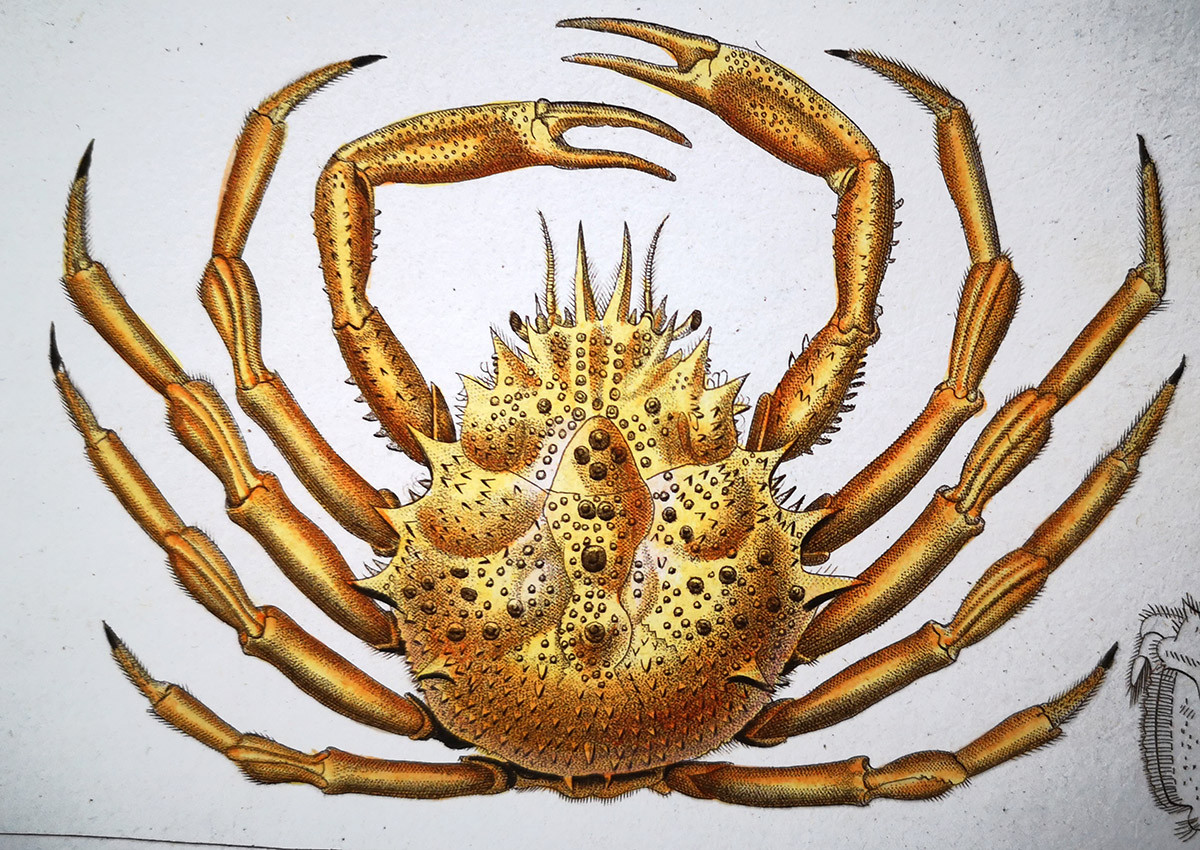Jean Gabriel Prêtre (1768–1849) was one of the foremost zoological illustrators of the 19th century. His detailed, lifelike renderings of birds, mammals, reptiles, and insects brought the natural world to life on the printed page and helped define the visual identity of modern zoology.
-
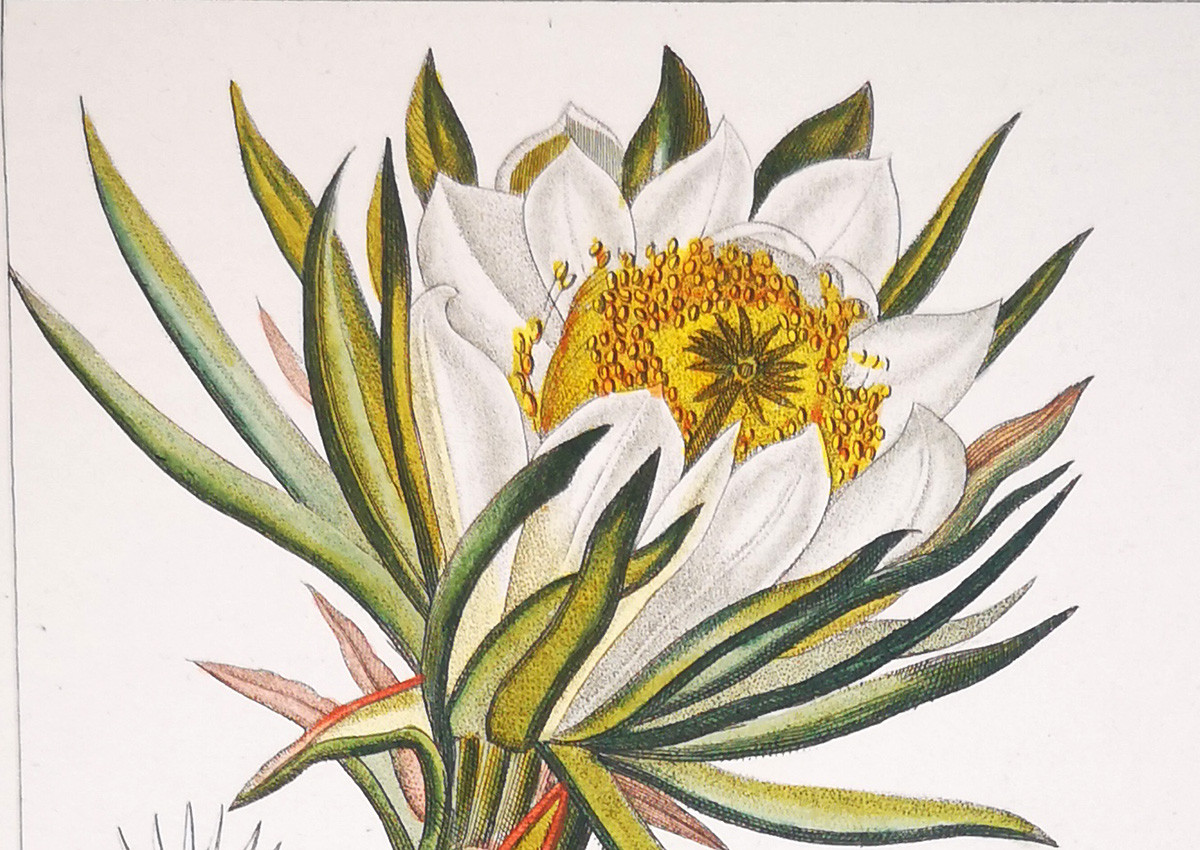 Pierre Jean François Turpin: The Botanical Illustrator of Natural HarmonyRead more
Pierre Jean François Turpin: The Botanical Illustrator of Natural HarmonyRead morePierre Jean François Turpin (1775–1840) was a French botanical illustrator known for the clarity, accuracy, and delicate beauty of his work. Recognized as one of the finest natural history artists of the early 19th century, Turpin combined scientific precision with refined artistic sensitivity, contributing significantly to the visual language of botanical science.
-
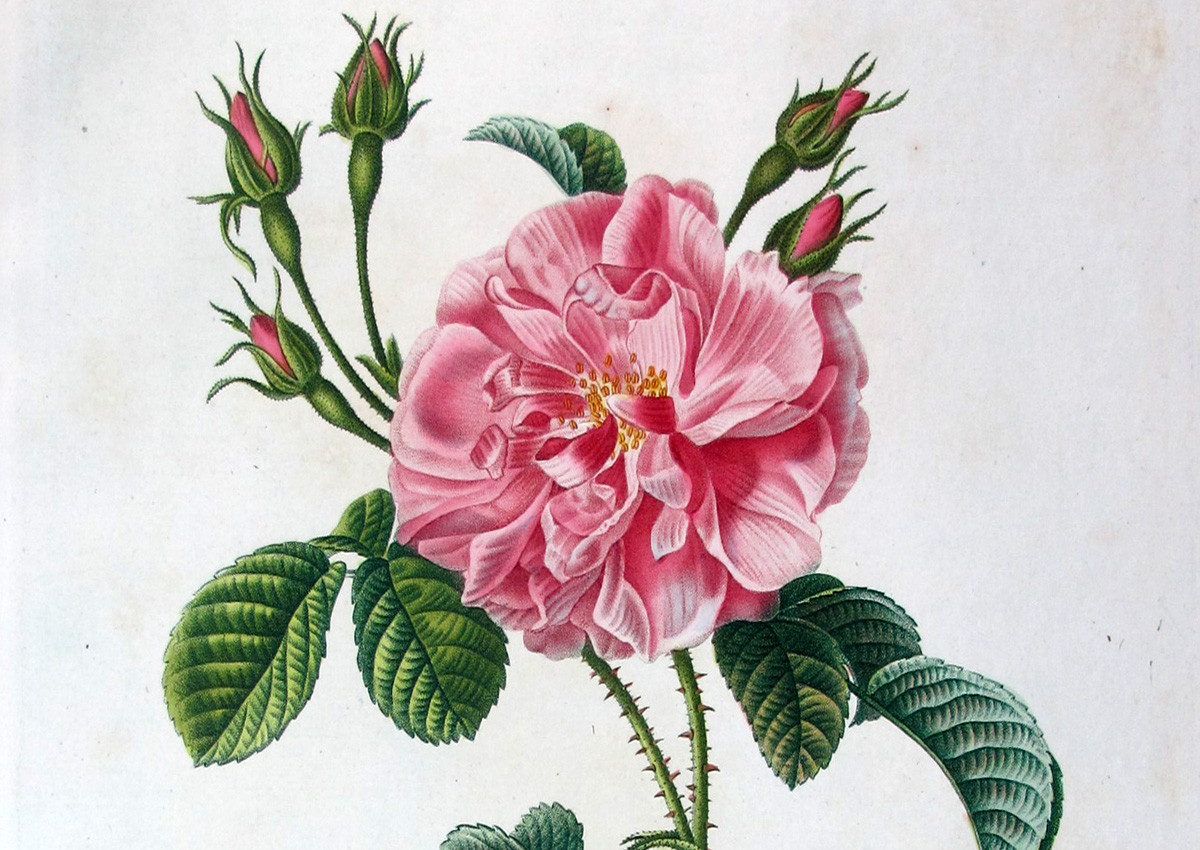 Pancrace Bessa: the Naturalist Painter of Botanical GraceRead more
Pancrace Bessa: the Naturalist Painter of Botanical GraceRead moreIn the pantheon of botanical illustration, Pancrace Bessa (1772–1846) occupies a graceful, luminous place. A student of both Gérard van Spaendonck and a close collaborator of Pierre-Joseph Redouté, Bessa developed a style that blended scientific precision with exquisite pictorial sensitivity.
-
 Pierre-Joseph Redouté: Floral Art in the Service of ScienceRead more
Pierre-Joseph Redouté: Floral Art in the Service of ScienceRead morePierre-Joseph Redouté: Floral Art in the Service of Science Pierre-Joseph Redouté (1759–1840) is widely regarded as the greatest floral illustrator in Western art. Trained in the royal gardens of Paris and patronized by Marie Antoinette, Empress Joséphine, and the Muséum d’Histoire Naturelle, Redouté combined Enlightenment rationality with romantic elegance.
-
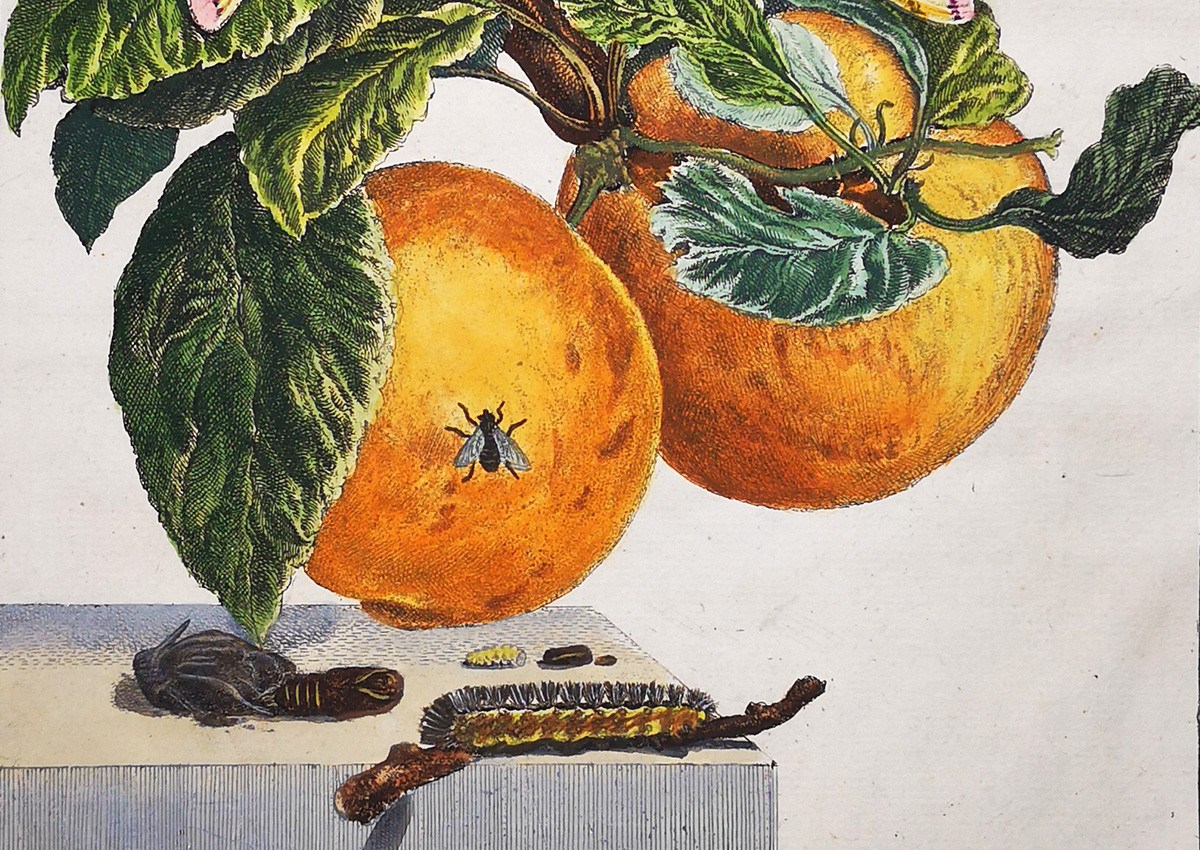 Jacob L'Admiral and the Metamorphosis of Insects – A Dutch Enlightenment Marvel (1774)Read more
Jacob L'Admiral and the Metamorphosis of Insects – A Dutch Enlightenment Marvel (1774)Read moreIn the vibrant scientific atmosphere of the 18th century, Jacob L’Admiral (1700–1775), a Dutch naturalist and engraver, published one of the most striking visual records of insect life cycles:“Auwkeurige Waarneemingen Omtrent de Veranderingen Van Veele Insekten of Gekorvene Diertjes” (1774)or, in English: “Accurate Observations Concerning the Transformations of Various Insects or Small Crawling Creatures.”
-
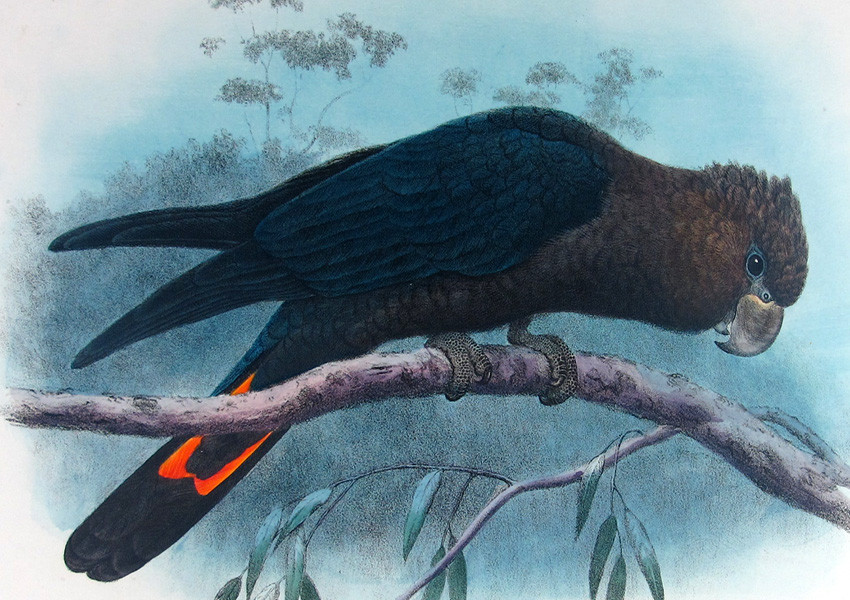 H. Goodchild – Shadows and Structure: The Quiet Precision Behind Australia's Avian DramaRead more
H. Goodchild – Shadows and Structure: The Quiet Precision Behind Australia's Avian DramaRead moreH. Goodchild – Shadows and Structure:
-
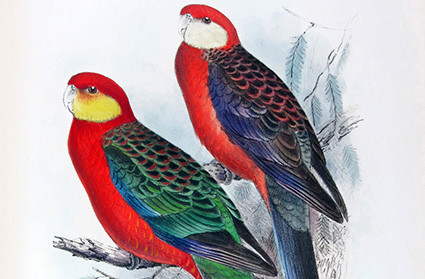 Roland Green: Dynamic Vision and Field-Born Precision in Bird ArtRead more
Roland Green: Dynamic Vision and Field-Born Precision in Bird ArtRead moreRoland Green (1890–1972) was a British wildlife artist and illustrator celebrated for his energetic depictions of birds in motion. Unlike many of his contemporaries who worked largely from specimens or museum collections, Green spent much of his life observing birds directly in the field—particularly in the wetlands and woodlands of Norfolk, England.
-
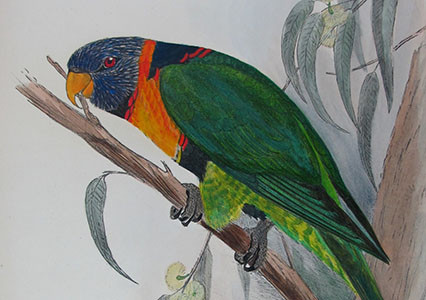 Henrik Grönvold: A Scandinavian Eye for Ornithological GraceRead more
Henrik Grönvold: A Scandinavian Eye for Ornithological GraceRead moreHenrik Grönvold (1858–1940) was a Danish-born zoological illustrator whose career flourished in London, where he contributed some of the most refined bird illustrations of the early 20th century. With a background in both taxidermy and art, Grönvold developed a distinctive approach that married anatomical precision with aesthetic sensibility.
-
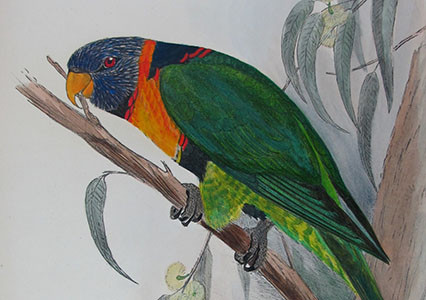 J.G. Keulemans: Precision and Passion in Ornithological IllustrationRead more
J.G. Keulemans: Precision and Passion in Ornithological IllustrationRead moreA Dutch-born illustrator whose work laid the foundations of modern ornithological art. Renowned for his exquisite attention to detail and deep understanding of avian anatomy, Keulemans produced more than 1000 illustrations during his career, many of which were published in some of the most influential natural history books of the 19th and early 20th centuries.
-
 Gregory M. Mathews and The Birds of Australia: A Monument of Ornithological AmbitionRead more
Gregory M. Mathews and The Birds of Australia: A Monument of Ornithological AmbitionRead morePublished between 1910 and 1927, Gregory M. Mathews’ The Birds of Australia is one of the most comprehensive and visually striking ornithological works ever produced.

